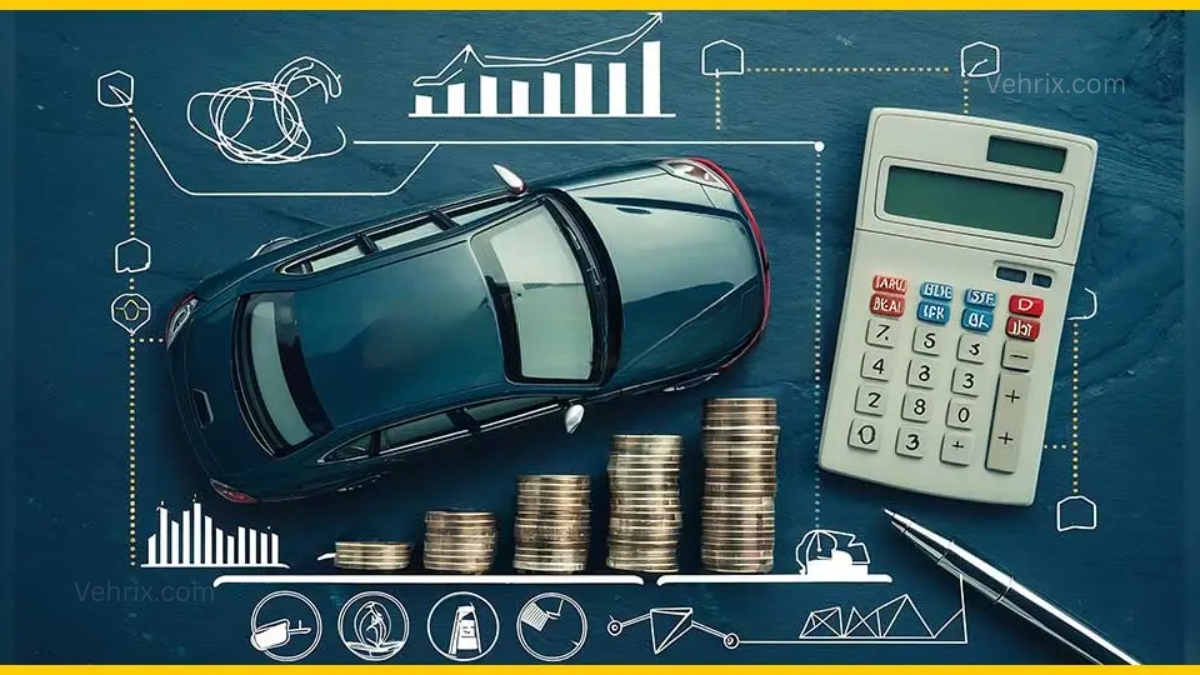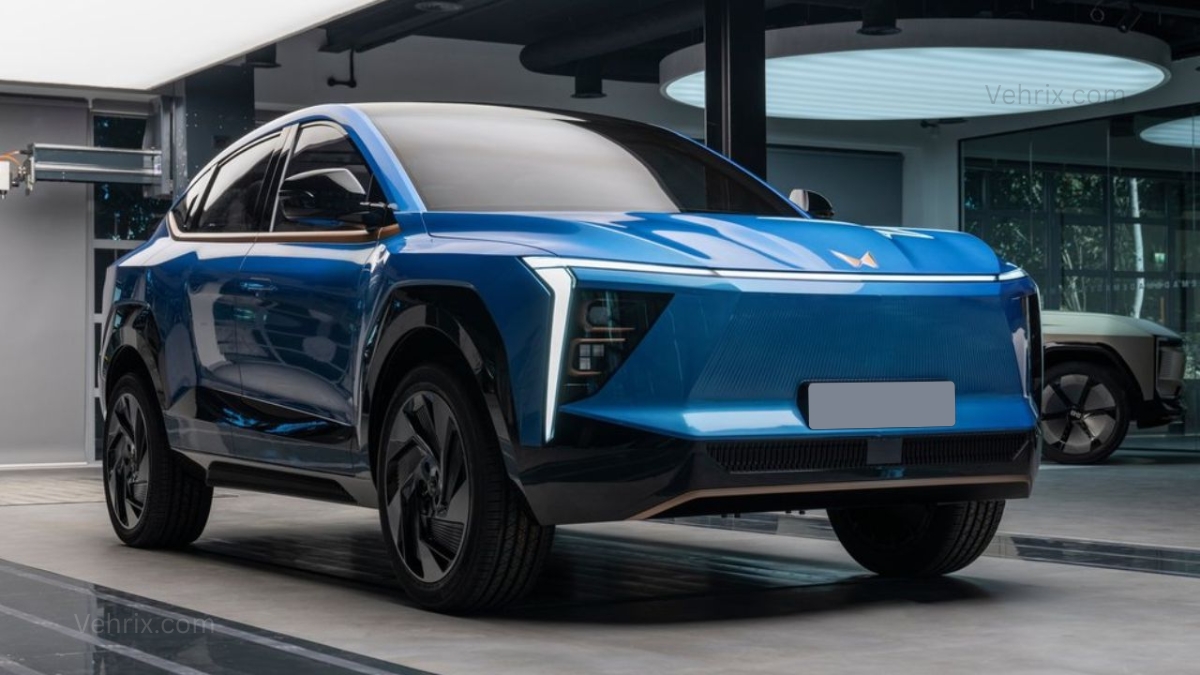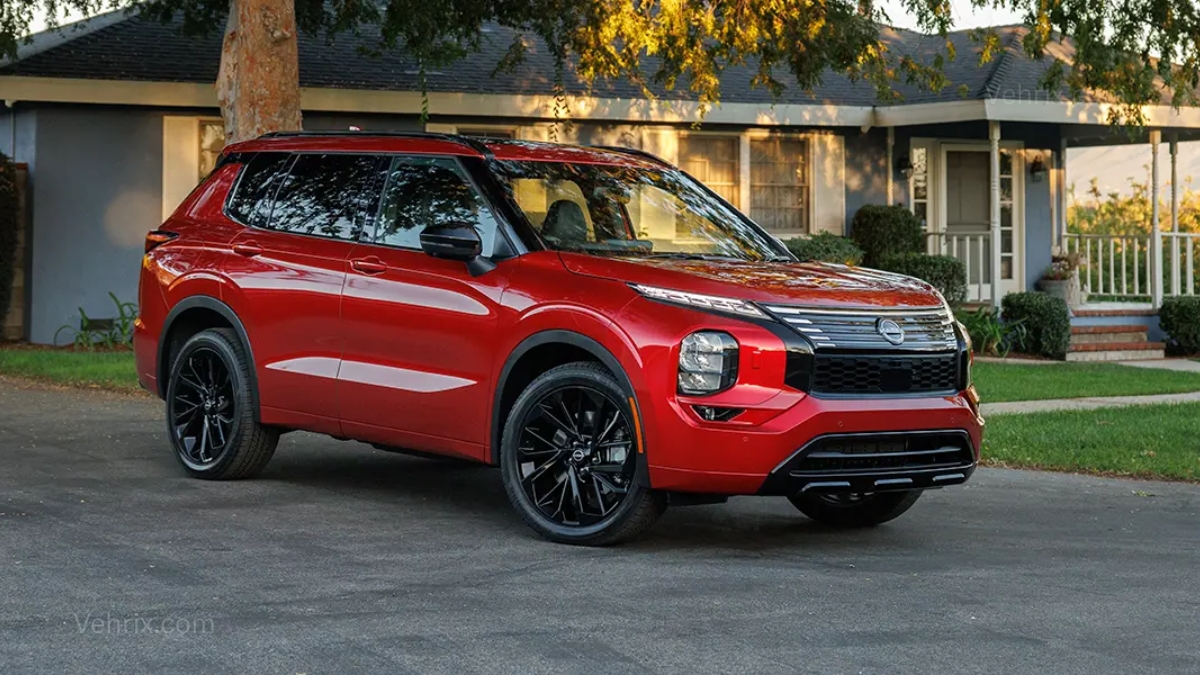In 2025, new car prices continue to draw attention as they remain near historic highs. Recent years have seen dramatic changes, with prices peaking in 2022 and gradually shifting in the years that followed. Many buyers and sellers are closely monitoring the market to determine the best timing for purchases and sales, making it more crucial than ever to understand new car price trends in 2025.
Prices for new vehicles now average around $48,700, reflecting both lingering supply issues and the constant evolution of consumer demand. While some segments have experienced moderate cost reductions, others—especially popular SUVs and crossovers—have held steady or even increased. For anyone entering the market, it’s crucial to delve deeper into not just price averages but also the forces driving these shifts.
Factors Influencing New Car Price Trends in 2025
A variety of factors combine to influence new car prices in 2025, resulting in unique opportunities and challenges for buyers:
- Manufacturing and Supply Costs: Rising costs for materials, global shipping, and labor push manufacturer pricing upwards, especially for feature-rich models.
- The Electric Vehicle Revolution: As electric vehicles (EVs) continue to gain traction with buyers, incentives and technology improvements cause dynamic changes in the pricing landscape. Traditional internal combustion engine cars sometimes see their prices steadied or pressured downward as EV choices expand.
- Dealer Inventory Recoveries: Some manufacturers have improved their post-pandemic inventories, leading to more aggressive dealer pricing strategies. Larger inventories generally support better bargaining for buyers, while shortages can drive up costs for sought-after models.
- Advanced Features and Safety Systems: Modern cars are increasingly equipped with high-tech features—such as autonomous driving aids, enhanced connectivity, and upgraded safety—that add real value but often increase overall prices.
Price Movements by Car Segment
Not every car buyer will experience the same price trends. Specific segments are moving at different rates, making it crucial to compare them before making a decision.
| Segment | 2025 Price Trend | Main Forces |
|---|---|---|
| Luxury Vehicles | Down | Greater inventory, brand incentives |
| Electric Vehicles | Competitive | Government subsidies, manufacturer offers |
| Compact Cars | Stable | Consistent demand, value pricing |
| SUVs/Crossovers | Slightly Up | High popularity, occasional low supply |
| Sedans | Gradual Increase | Safety upgrades, tech additions |
Checkout: Ather Rizta Long Term Review: Honest 4,500km Insights Revealed
Luxury segments may offer better deals due to recent market adjustments, while electric vehicles remain competitive owing to government and manufacturer incentives. Popular family options, such as SUVs, continue to see strong demand, which can lead to upward pricing pressure, especially for top-selling models.
Is It a Good Time to Buy or Sell?
Market timing is always important, especially with car price trends in 2025 showing both strengths and weaknesses:
- For buyers: Seek out segments with softened prices, leverage incentives, and always compare quotes from multiple dealerships. Keeping a close eye on inventory levels and special offers can provide added leverage in negotiations.
- For sellers: Stable or rising prices for specific models may favor those looking to sell, especially if their vehicle is in high demand. One strategy is to monitor online platforms for pricing trends, which can help set competitive asking prices.
Dealer Incentives and Negotiation Strategies
Effective negotiation has never been more vital, given the shifting nature of new car selling prices in 2025:
- Research reliable pricing guides and industry news daily.
- Gather quotes from more than one local or online dealer for the exact models you’re interested in.
- Focus on negotiating not just the price, but also any extras, such as insurance, accessories, and servicing packages.
- Negotiate during peak incentive periods, such as major holidays or year-end sales, when dealers are more likely to offer attractive deals.
Dealers often have some flexibility to adjust prices, especially when competition is fierce or inventory levels are high. Preparation pays off with better deals—don’t hesitate to ask questions and push for extras!
Top Tips for Buyers in 2025
| Tips | Strategy | Benefit |
|---|---|---|
| 1 | Check price trends | Time your purchase for best rates |
| 2 | Compare multiple dealers | Spot offers and hidden deals |
| 3 | Leverage incentives and promotions | Access valuable discounts |
| 4 | Focus on total on-road pricing | Avoid hidden costs |
| 5 | Negotiate for extras | Add value without cash outlay |
Read More: Unmissable Highlights from Mercedes-Benz Classic Car Rally 2025
Making the Most of Online Tools and Research
Comprehensive car pricing and inventory platforms enable you to track new car price trends in 2025 from the comfort of your own home. Utilize these tools to establish expectations, shortlist potential models, and locate local dealers offering promotions. This online-first approach streamlines negotiation and may uncover deals that aren’t widely advertised.
Frequently Asked Questions About 2025 Car Prices
1. Are car prices going up or down this year?
Overall, average prices remain high, but select segments—especially luxury and some electric vehicles—have seen noticeable reductions. Staying aware of market shifts will give you a negotiating edge.
2. How do I find the best deal for a new car?
Track prices using online comparison tools, follow manufacturer news, and use solid negotiation strategies such as timing your purchase and collecting multiple quotes.
3. Why are some segments holding firm while others drop?
Supply, consumer demand, and regional incentives all affect how prices move. SUVs and crossovers generally stay strong due to popularity, while luxury and EV models see more price movement thanks to inventory and incentives.
Conclusion
The landscape for new car price trends in 2025 is rich and varied. While headline averages remain close to historic highs, real opportunities exist for those willing to research, compare, and negotiate smartly. Segment differences and the continued growth of electric vehicles play significant roles, making market observation essential. With comprehensive preparation and attention to incentives, both buyers and sellers can maximize their outcomes in this evolving market.









